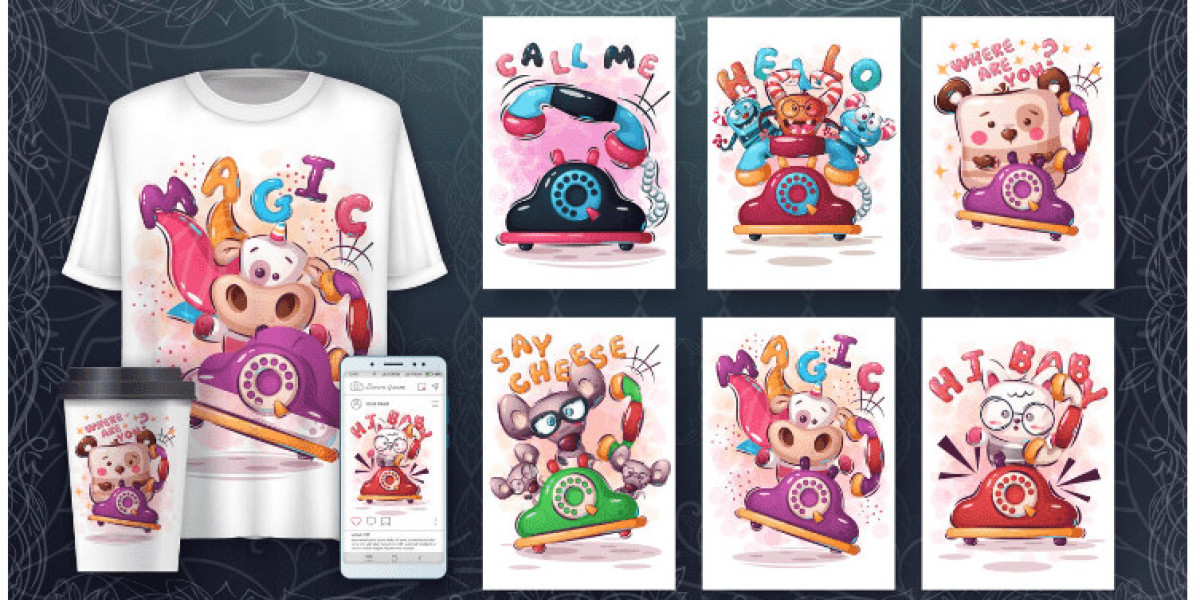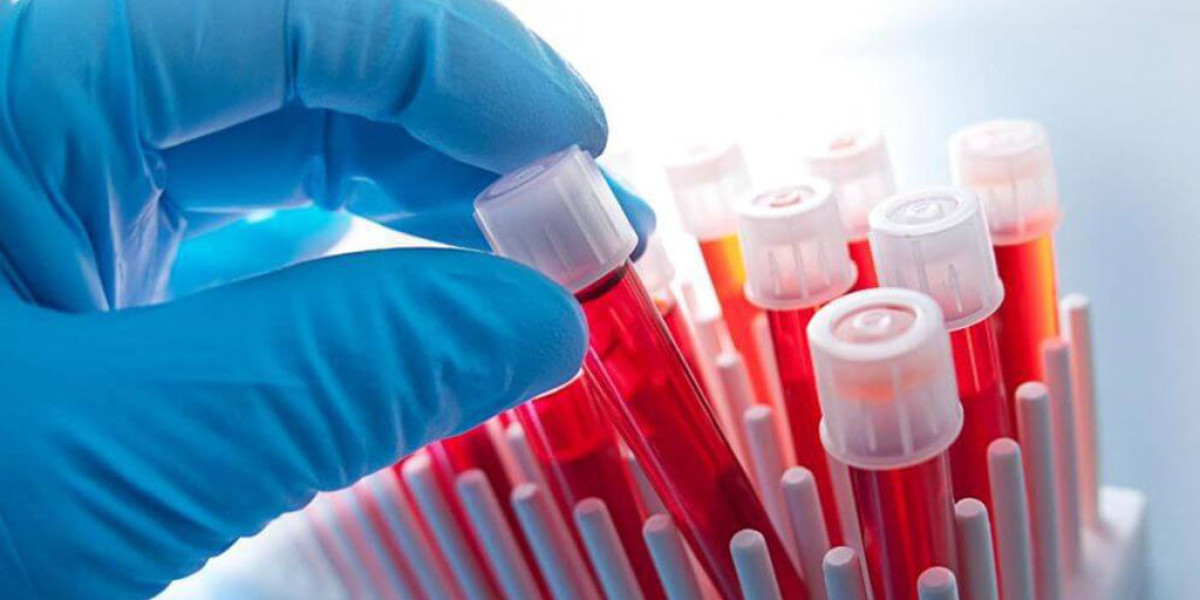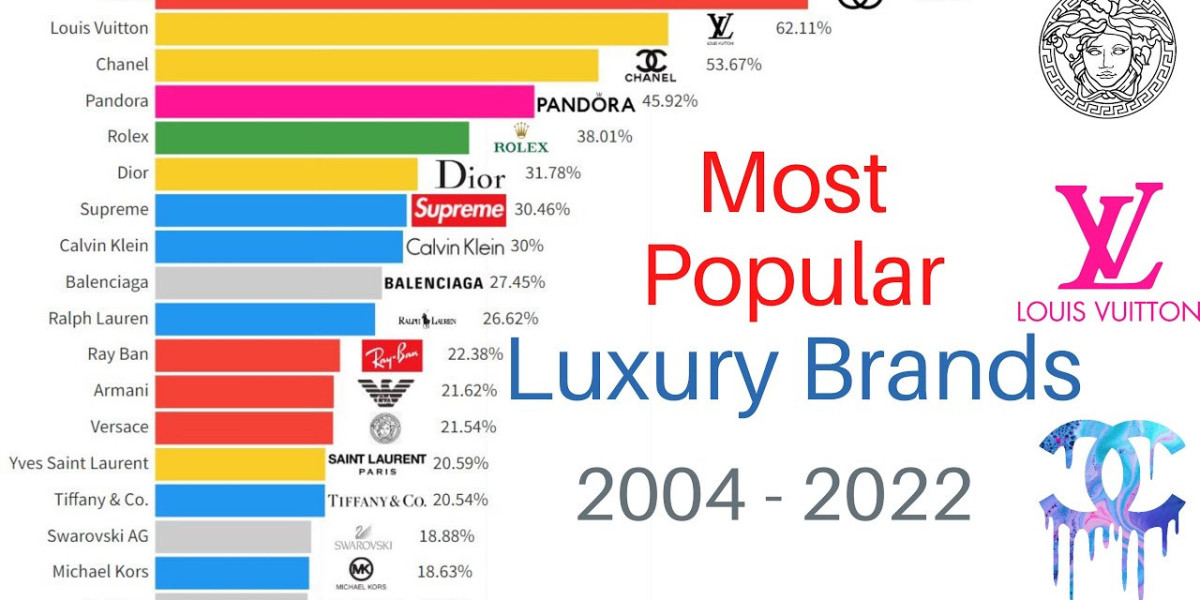What is DTF Transfer?
dtf transfer, short for Direct to Film transfer, is an advanced printing technology that has rapidly gained popularity for its efficiency and high-quality output. This technique involves printing designs directly onto a special PET (polyethylene terephthalate) film, which is then transferred to various materials, including fabrics and hard surfaces. DTF transfer offers a modern, versatile approach to custom printing that meets the demands of today’s market.
The DTF Printing Process
The DTF printing process is designed to produce vivid, durable prints with excellent color accuracy. Here’s a breakdown of how it works:
1. Design Preparation
The process starts with creating a digital design using graphic design software. The design must be high-resolution to ensure clarity and detail in the final print. Once completed, the design is mirrored to ensure correct orientation when transferred.
2. Printing on PET Film
The mirrored design is printed onto a PET film using a DTF printer. DTF printers use a combination of CMYK inks to produce a wide range of colors and white ink to enhance opacity, particularly on dark or colored materials. The white ink acts as a base layer, ensuring that colors remain vibrant and true to the design.
3. Applying Adhesive Powder
After printing, a hot-melt adhesive powder is applied to the back of the film. This adhesive is crucial for ensuring that the design adheres well to the target material during the transfer process. The adhesive powder needs to be evenly applied to ensure a smooth and durable transfer.
4. Curing the Adhesive
The film with the adhesive powder is then cured using heat. This step melts the adhesive, making it ready to bond with the substrate. Proper curing is essential for achieving a strong and lasting bond between the design and the material.
5. Heat Transfer
The cured film is placed onto the substrate, and a heat press is used to apply heat and pressure. This step activates the adhesive, transferring the design from the film to the material. Once cooled, the film is peeled away, leaving behind a high-quality, vibrant print.
Benefits of DTF Printing
DTF printing offers several compelling advantages that make it a preferred choice for custom printing applications:
Versatility: DTF transfers can be applied to a broad range of materials, including textiles (such as cotton and polyester) and hard surfaces (like wood, metal, and ceramics). This versatility makes DTF printing suitable for a variety of products, from custom t-shirts and hoodies to personalized mugs and signs.
Durability: One of the key benefits of DTF printing is the durability of the prints. The designs are resistant to cracking, peeling, and fading, even after multiple washes or prolonged use. This ensures that the prints maintain their vibrant appearance and integrity over time.
High-Quality Results: DTF printing provides exceptional color vibrancy and detail. The combination of high-resolution printing and the use of white ink ensures that the final product features sharp, vivid designs that stand out.
Cost-Effectiveness: DTF printing is economically advantageous for both small and large print runs. Unlike traditional methods such as screen printing, which can be costly and labor-intensive for setup, DTF printing offers a more affordable solution for custom orders and smaller quantities.
Choosing the Right DTF Printer
When selecting a DTF printer, consider the following factors to ensure optimal performance:
Print Quality: Choose a printer that delivers high-resolution output with accurate color reproduction. The ability to produce fine details is crucial for achieving professional-quality prints.
Speed and Efficiency: Depending on your production needs, you may require a printer that can handle high volumes quickly. Ensure that the printer’s speed does not compromise the quality of the prints.
Material Compatibility: Opt for a printer that is compatible with a variety of PET films and substrates. This flexibility allows you to expand your product offerings and cater to diverse customer preferences.
Ease of Use and Maintenance: Look for a printer that is user-friendly and easy to maintain. This will help minimize downtime and ensure smooth operation, particularly if you are new to DTF printing.
Conclusion
DTF transfers and DTF printing are transforming the custom printing landscape with their ability to produce high-quality, durable, and versatile prints. Whether you’re creating custom apparel, promotional items, or personalized products, DTF printing offers a modern and efficient solution that delivers exceptional results. By investing in the right dtf print and understanding the process, you can achieve impressive prints that meet the diverse needs of today’s market. The combination of vibrant colors, durability, and cost-effectiveness makes DTF printing a valuable tool for anyone involved in custom printing.



